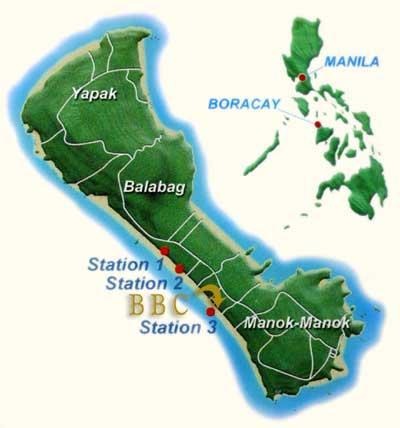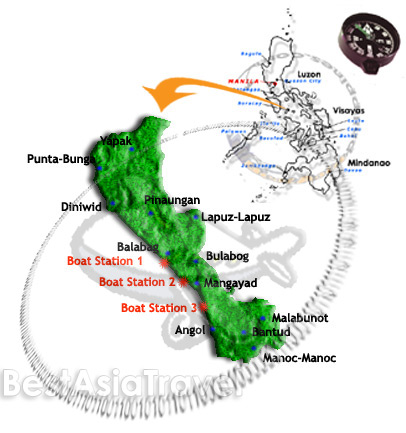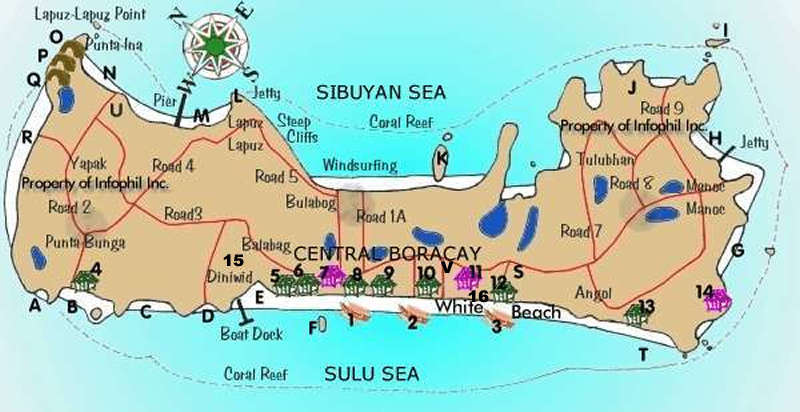
-
МјРЇСІИёСЖШИМі
-
 И№ОЫ КИОЫ Йъ ЗЛЦЎЧЯБт~ ИЎСЖЦЎ ПЙОрБюСі
И№ОЫ КИОЫ Йъ ЗЛЦЎЧЯБт~ ИЎСЖЦЎ ПЙОрБюСі 88,222
88,222 -
 [ЧЪИЎЧЩ ММКЮ] ФЋИ№ХзНК ПЉЧр 100Йш СёБтБт
[ЧЪИЎЧЩ ММКЮ] ФЋИ№ХзНК ПЉЧр 100Йш СёБтБт 38,771
38,771 -
 ИЖДвЖѓ НУГЛ - ИЎРп АјПјСЄКИ. (ЛчСј 16Рх ЦїЧд)
ИЖДвЖѓ НУГЛ - ИЎРп АјПјСЄКИ. (ЛчСј 16Рх ЦїЧд) 30,150
30,150 -
 ММКЮРЧ СіПЊСЄКИ15,143
ММКЮРЧ СіПЊСЄКИ15,143 -
 ИЖДвЖѓ БйБГ - ЕћАЁРЬЕћРЬ ПЉЧр СЄКИ13,678
ИЖДвЖѓ БйБГ - ЕћАЁРЬЕћРЬ ПЉЧр СЄКИ13,678 -
 [ЧЪИЎЧЩ ММКЮ/ИЗХК] ШЃХк МїЙк ПфБн Йз СЄКИ12,681
[ЧЪИЎЧЩ ММКЮ/ИЗХК] ШЃХк МїЙк ПфБн Йз СЄКИ12,681 -
 КИЖѓФЋРЬРЧ И№Еч И№НРРЛ КММі РжДТ ЛчСјУИ.12,564
КИЖѓФЋРЬРЧ И№Еч И№НРРЛ КММі РжДТ ЛчСјУИ.12,564 -
 ИЖДвЖѓ БйБГ - ЦХЛѓЧб ЦјЦї ПЉЧрСЄКИ12,118
ИЖДвЖѓ БйБГ - ЦХЛѓЧб ЦјЦї ПЉЧрСЄКИ12,118 -
 [ММКЮ-ЙшМБТјРх] МБЙкШИЛч РќШЙјШЃПЁПф~11,682
[ММКЮ-ЙшМБТјРх] МБЙкШИЛч РќШЙјШЃПЁПф~11,682 -
 ИЖДвЖѓ СіПЊ(ПЁИЃЙЬХИ -ИЛЖѓХз)РЧ СіЕЕ/ЧбБЙ РННФСЁ/МюЧЮИє11,574
ИЖДвЖѓ СіПЊ(ПЁИЃЙЬХИ -ИЛЖѓХз)РЧ СіЕЕ/ЧбБЙ РННФСЁ/МюЧЮИє11,574



Boracay Island is in Southeast Asia, about 316 kms or two hundred nautical miles south from the capital of the country, called Manila and part of the Panay Island group in the Western Visayan region of the country. The island of Boracay is the Philippineтs most well known tourism attraction and the island itself is composed of three main тbarangaysт or small districts which are called Manoc-Manoc, Balabag and Yapak.
These are actually three of the 17 small districts which comprise the town of Malay in which Boracay belongs to. The island is governed in by both the provincial government of Aklan and the Philippine Department of Tourism or DOT. Local and international visitors and vacationers go to Boracay to experience what the powdery white sands and crystal clear waters of the beach are all about.
ETYMOLOGY OF THE NAME "BORACAY"
Bo-ra-cay as said in three syllables, is attributed to the Aklanese or local dialectтs word тBoracт which, when translated to English means Cotton. This is in connection to the colour and texture of the world famous sand of the island.
BORACAY BEACHES:
There are over a dozen big and small places on the island which have been classified as beaches, some of the most well known are of course White Beach, Diniwid Beach, Punta Bunga Beach, Balinghai Beach, Bulabog Beach, Lagutan Beach, Tambisaan Beach, Manoc Manoc Beach, Cagban Beach, Puka Beach or Yapak Beach, Ilig Iligan Beach, Tulubhan Beach and also Lapus Lapus Beach.
Boracay Islandтs shape is somewhat similar to a butterfly, which is appropriate for its beauty. The whole island is about 7 kilometers in length and 1 kilometer wide at its narrowest point. In terms of governance, Boracay is a portion of the town of Malay, Aklan Province within the Panay island group. This is just one island collection of islands which comprise the middle region of the Philippineтs island chains.
Now Yapak Beach is one of the beaches which is found over some of the islandтs hills and is located a few meters distant from the primary tourist areas. Although it is composed of gorgeous, unspoiled sands away from the crowds such as the Puka and Balinghai Beaches. It is also the location of the sole 72-par golf course on the island called the Fairways and Bluewaters golf and country club. Getting there takes only 3-5 minutes by tricycle from White Beach and the heart of Boracay.
The official language of the country is called Pilipino and is a mixture of Tagalog. But many local dialects are used in Boracay, along with English. Aklanon or Aklanese is mainly used in the whole province where Boracay is located. The main portion of the province is about 20-30 minutes away by boat. Guests coming from Manila to Boracay Island will find it very easy since most Filipinos are well versed in the English language.
The Amihan and Habagat Winds
The weather of Boracay Island is commonly divided into 2 seasonal weather phenomena which are locally called the Amihan and Habagat. The Pilipino language describes Amihan as the cool wind which comes from the northeast and the Habagat is the wind which comes from the southwest and brings the south to west monsoons.
These two seasons are usually associated with the La Nina and El Nino weather phenomena which affect the whole world. Amihan seasons are usually those which are hot, with very minimal rainfall and a constant wind coming from an eastern direction. And Habagat is usually the cold with hot and humid climates, maximum rainfall with hurricane like storms called typhoons and a constant wind coming from a western direction.
On Boracay Beach, locals can always tell the transition from the Amihan and Habagat weather when there is a change in the direction of the wind. Usually, this switch is very fast and may even happen after just a day. Other times, there is a longer transition where the winds will go from Amihan to Habagat many times prior to becoming stable and entering the new weather pattern. Generally, Boracay Island experiences the Amihan climate during the months starting from September or October all the way to the months of May or even June. The other months usually take after the Habagat season, although the months may be different in some years.
Temperatures and climates on Boracay Island usually go from 77-90 degrees Fahrenheit or 25-32 degrees Celsius at the start of the Amihan season up to March or late February. It will then go up to about 82-100 degrees Fahrenheit or 28-38 centigrade for the summer season up to the start of the Habagat pattern and slowly go back down again to the 77-90 degree range. When the Tropical Storm periods begin, it can go down to about 68 degrees Fahrenheit or 20 degrees centigrade. Some storms can affect Boracay Island at any time during the year, although they are generally experienced in the Habagat weather pattern.
The islandтs own seasons can usually be seen in the low and high room rates of the beach hotels and resorts of Boracay. Amihan season is generally the low or slow time of the year from June to the end of October. Habagat would be the peak season where rates are high. This usually starts on November 1 all the way to the end of May. December 15 to January 15 are considered the Super Peak seasons along with the Chinese New Year and Holy Week when most people go on vacation. Room rates, transportation, food and drinks are generally high during this time.
- ЁЄ
- ЁЄ
- ЁЄ
- ЁЄ
- ЁЄ
- ЁЄ
- ЁЄ
- ЁЄ
- ЁЄ
- ЁЄNmjNUuzXqd
- ЁЄNmjNUuzXqd
- ЁЄNmjNUuzXqd
- ЁЄNmjNUuzXqd
- ЁЄNmjNUuzXqd
- ЁЄNmjNUuzXqd















 ЧЪРкДхФФ ОпАЃЛѓДу ПРЧТ
ЧЪРкДхФФ ОпАЃЛѓДу ПРЧТ 11ГтПЌМг МвКёРкИИСЗ 1РЇ
11ГтПЌМг МвКёРкИИСЗ 1РЇ
 ГЛАд ИТДТ ОюЧаПј УЃБт
ГЛАд ИТДТ ОюЧаПј УЃБт
 ИЎОѓ ЧаБГ ЙцЙЎБт
ИЎОѓ ЧаБГ ЙцЙЎБт
 СжИЛПЁ ГЛАЁ ОЕ КёПыРК?
СжИЛПЁ ГЛАЁ ОЕ КёПыРК? УжАэАЁМККё РЬКЅЦЎ СёБтБт
УжАэАЁМККё РЬКЅЦЎ СёБтБт
 ЧіСіПЁМЕЕ ЧЪРкДхФФ!
ЧіСіПЁМЕЕ ЧЪРкДхФФ! ЧіСіПЁМ АЁДЩЧб
ЧіСіПЁМ АЁДЩЧб









 ЧЪРк ЦЏБо Ч§ХУ! ФСНУОюСі МКёНК
ЧЪРк ЦЏБо Ч§ХУ! ФСНУОюСі МКёНК



 АЁСЗПЌМіЗЮ ДйЧдАд ОзЦМКёЦМ
АЁСЗПЌМіЗЮ ДйЧдАд ОзЦМКёЦМ




























